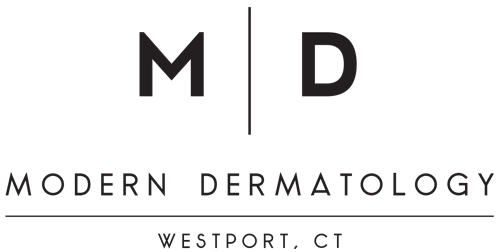Spider Veins
and Varicose Veins
Spider veins - also called telangiectasias - are clusters of tiny blood vessels that develop close to the surface of the skin. They are often red, blue, or purple; and they have the appearance of a “spiderweb.” They are commonly found on the face and legs.
Spider veins are caused by structural abnormalities of blood vessels. Veins carry blood back to the heart from other parts of the body, and to do so they utilize a network of one-way valves to avoid backflow of blood. When these valves become defective, backflow of blood occurs, leading to engorgement and dilation of the blood vessels. Varicose veins are larger vessels caused by venous congestion.
Spider veins are very common in adults - women tend to develop them more frequently than men. In addition to advanced age, there are other common risk factors, including: prolonged sitting/standing, obesity, pregnancy, hormone therapy, birth control pills, injury, prior vein surgery, a history of blood clots, and a family history.
Spider veins typically don’t cause any discomfort however many people desire to treat them for cosmetic reasons. After your Dermatologist confirms the diagnosis, there are severeal in-office procedures to treat spider veins:
· Sclerotherapy - highly effective in eliminating the majority of spider veins. During this procedure, your physician will inject a liquid solution directly into the affected vessels, which causes the veins to collapse and eventually fade away. Several sessions may be required for optimal results. Potential side effects include bruising, swelling, bleeding, infection, and skin discoloration. It is essential to avoid the sun after sclerotherapy to prevent hyperpigmentation at injection sites.
· Laser therapy is sometimes used as a complement to sclerotherapy for very superficial and small reticular or varicose veins. During laser therapy a focused beam of light heats and damages the affected blood vessel, which eventually fades. Potential side effects include minor redness or swelling around the treated area, skin discoloration, blisters, and rarely scarring. Intense Pulsed Light (IPL) therapy is another laser option that delivers pulses of varying wavelengths of energy to the affected areas.
While the development of spider veins cannot be fully prevented there are lifestyle choices that are recommended:
· wear compression stockings regularly if you are prone to varicose veins; aim for 10-20 mmHg of pressure
· exercise regularly
· maintain a healthy weight
· avoid prolonged sitting or standing
· avoid crossing your legs while seated
· elevate your legs when resting
· avoid wearing tight-fitting clothing around your waist, groin and legs

